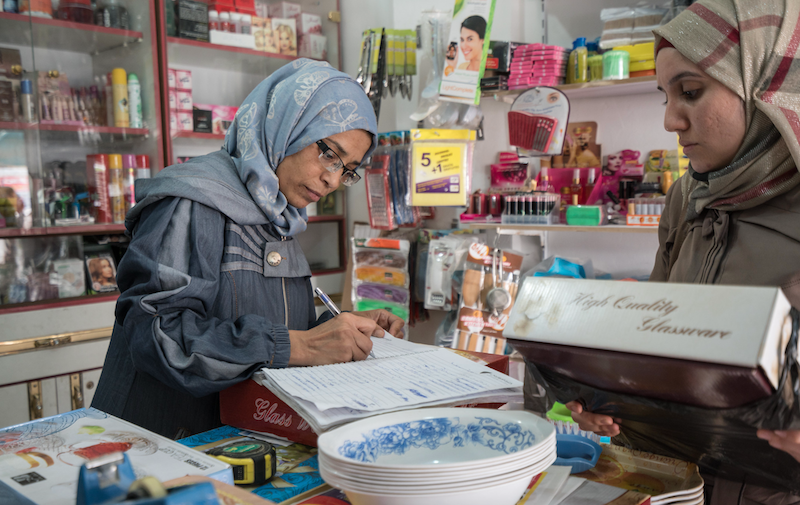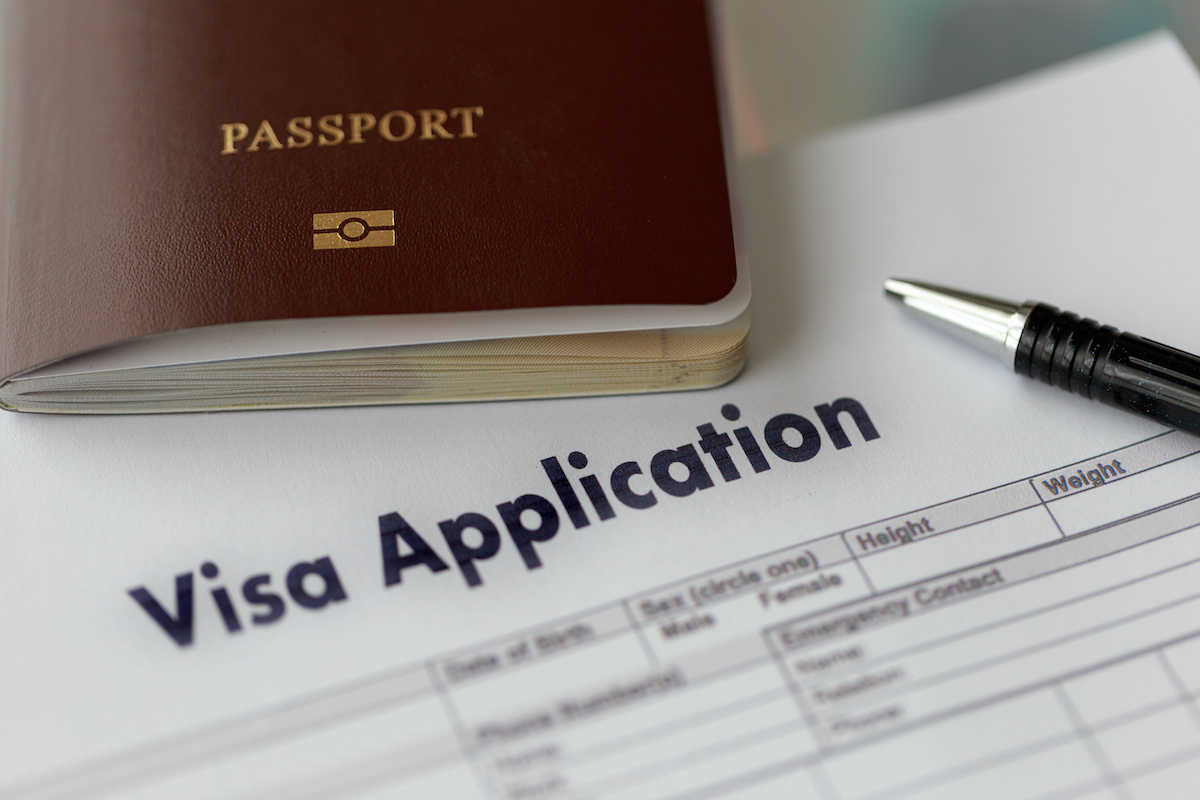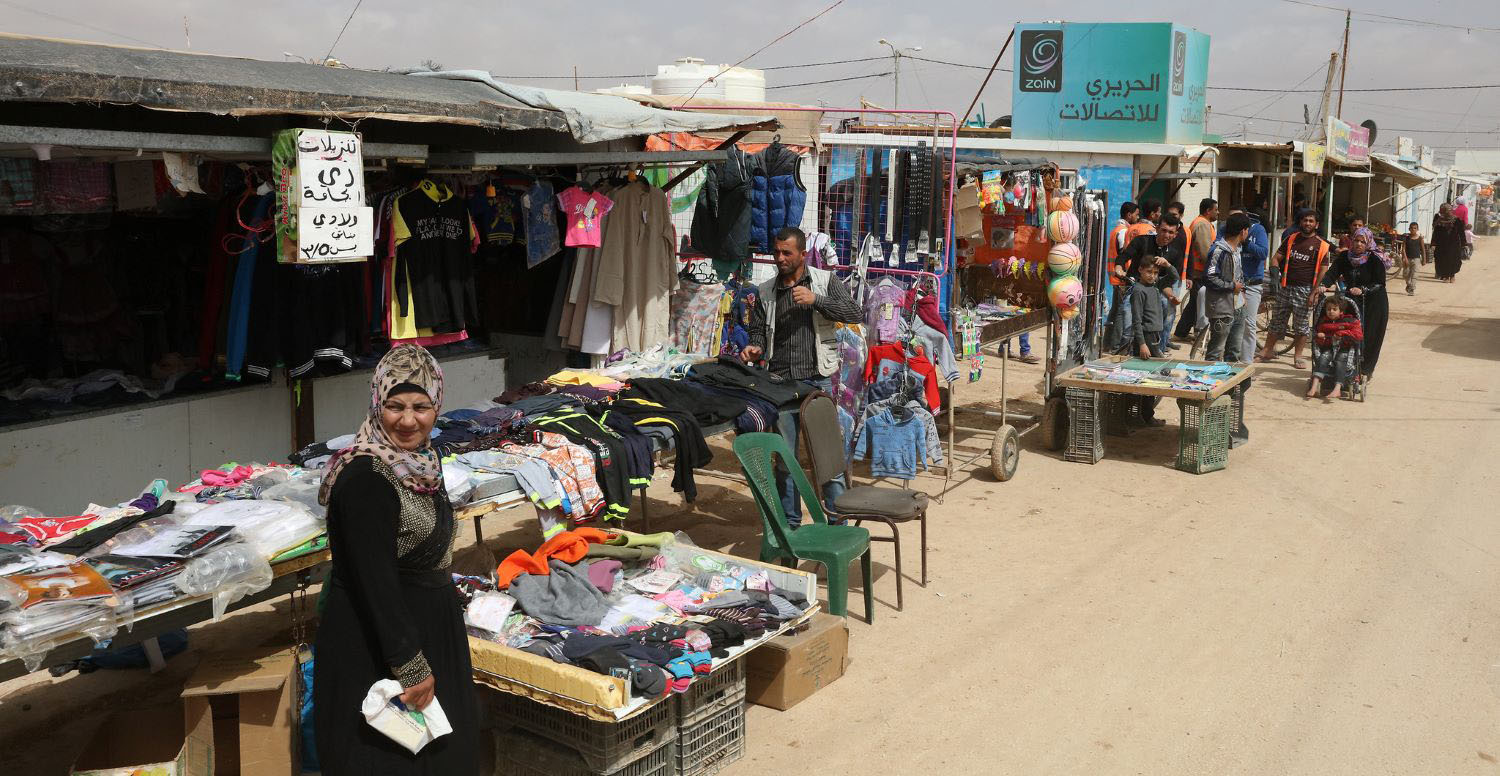Recommended
This blog is produced by CGD and IRC under the Re:Build project. Re: Build is committed to generate and share evidence for innovative, sustainable livelihoods solutions that can be adopted to support refugee and host communities in cities in East Africa and beyond. For more information, see this article.
In late June 2022, over 17,000 people from 155 countries gathered at the 11th World Urban Forum. They were there to discuss the New Urban Agenda, which promotes urbanization as a tool for sustainable development and accelerating the achievement of the SDGs.
With Poland as the location of this year’s forum, the agenda integrated the country’s perspective as a host to millions fleeing the conflict in Ukraine. Broader issues about displacement, recovery, and reconstruction took centre stage for the first time, with over 40 relevant sessions.
These discussions are timely, given that displaced populations are increasingly residing in urban areas. In 2021, almost half of the 89.3 million forcibly displaced people were in cities. This number doesn’t include the over 7.3 million who fled from Ukraine this year, making it an underestimate. This has important consequences for urban planning, service delivery, and housing.
So, what was discussed at the World Urban Forum? Here are six key takeaways:
1. City authorities are on the front line, welcoming newcomers and providing basic services
As Ms. Fatma Şahin, mayor of Gaziantep in Turkey, stressed, “mayors have an obligation to protect the migrants and refugees, including women and children residing in our cities. We are the guardian of all our residents.” The accelerated population growth of Gaziantep—which received almost half a million Syrian refugees—posed challenges for urban development. Inclusion was prioritised to avoid the rise of ghettos or segregated communities. Gaziantep authorities provided free public services, universal health coverage, and free language courses to support refugee wellbeing and integration. Mayors from across the globe shared other inspiring examples of achieving important change that improves the lives of both displaced and host populations.
2. Humanitarian actors should engage with city authorities
Humanitarian interventions focusing on displaced populations should complement and supplement city resources, building on existing capacities in cities to respond to increased displacement. Regional and local governments can be important champions of inclusion when supported by international organisations, the private sector, and humanitarian and development actors—as promoted by the Urban Crises Charter from the Global Alliance on Urban Crises. Financial and technical support should enhance a move from short-term and often segregated humanitarian solutions towards the integration of displaced populations in urban development planning.
For example, the “Inclusive Cities, Solidarity Communities” project, presented at the conference, supports city governments in six Latin American countries to host Venezuelan refugees as part of inclusive urban planning. IOM, UNHCR, and UN Habitat partnered to provide technical support and training to local officials. An Urban Inclusion Marker was used to assess the capacity of the city to offer universal access to services and opportunities without discrimination. Roi Chiti, UN Habitat’s Coordinator for the project, remarked, “we see that cities scoring well on the marker are also more prosperous. If inclusion is managed effectively and at all levels of a community, it can create a lot of wealth.” The mayor of Surquillo in Lima, Peru, for example, was able to broaden access to education and health services while also employing refugees and migrants in day-to-day city service provision such as waste collection and water provision.
3. Data collection and sharing is crucial
To better understand where displaced people reside and what their needs are, and ultimately improve urban migration governance, we need more and better data. For example, the Mediterranean City-to-City Migration project created “city migration profiles” which enabled authorities to improve access to services and social cohesion. The project facilitated exchanges between cities to enhance peer-to-peer learning across a network of over 20 cities with a high level of migration. At the global level, UN Habitat is strengthening its collaborations with UNHCR and IOM to include data on migrants and refugees in a global platform for monitoring progress towards the urban SDGs for refugees and migrants and the New Urban Agenda.
4. Area-based or “urban profiling” approaches can help with targeting
Such approaches use a spatial lens to analyse population groups (e.g., host communities, refugees, internally displaced) through a multi-stakeholder and multi-sector approach that is locally owned. They can be used to better target donor funding and services, while improving collaboration across humanitarian actors, development actors, and local authorities.
For example, with support from international partners, Turkana County government in Kenya is designing the Kakuma-Kalobeyei settlement, an integrated area comprising two local towns and refugee camps, home to over 200,000 refugees and host communities. The site is to be developed as an urban centre using the same development and planning techniques to strengthen public services and enhance self-reliance for both refugees and hosts. Discussions are ongoing to turn this area into a municipality which would bring additional government resources to implement this vision.
5. Economic inclusion of displaced populations is beneficial for the local economy
In 2016, the World Bank found that the presence of refugees in Kakuma was boosting Turkana’s economy. Since then, socioeconomic surveys across refugee and host populations to understand their economic activity, as well as market specific data analysis around consumption, access to finance, type of existing markets, etc., have enabled private sector actors to increase their investments in the region. The International Finance Corporation (IFC) aims to attract new businesses to the area as well as growing refugee and host community-owned enterprises through the US$25 million Kakuma-Kalobeyei Challenge Fund. IFC is advocating for the economic inclusion of refugees including at the national level to be able to fully realize their potential. In other contexts, there is evidence that refugee economic inclusion contributes significantly to the economy. For example in Colombia, Venezuelan refugees could contribute almost US$1 billion to the annual GDP if they were given full access to the labour market.
6. Cooperation from the central government is crucial to unlock all benefits
National laws and regulations often impede the full economic participation of refugees, such as restricting access to the labour market, financial services, and business licenses. This forces refugees into the informal economy, meaning central and local governments forgo tax revenues essential to expanding and upgrading vital public services. The IOM provides a tool for assessing government policies on migration management, including on the socioeconomic wellbeing of migrants. These assessments start at the national level, and move to city level policies in the second stage.
One thing came out clearly from all discussions: our urban future will only be better if it is inclusive.
Disclaimer
CGD blog posts reflect the views of the authors, drawing on prior research and experience in their areas of expertise. CGD is a nonpartisan, independent organization and does not take institutional positions.







